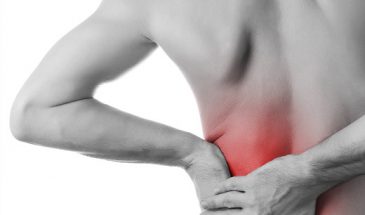- Overview
- Treatment Includes
- Treatment Excludes
- Booking
Methods of performing prostatectomy include:
- Radical prostatectomy is the removal of the entire prostate gland. Nerve-sparing surgical removal is important to preserve as much function as possible.
- Transurethral resection of the prostate, or TURP, which also involves removal of part of the prostate gland, is an approach performed through the penis with an endoscope. This procedure doesn’t cure prostate cancer but can remove the obstruction.
Laparoscopic surgery, done manually or by robot, is another method of removal of the prostate gland.
INDICATIONS FOR PROSTATE SURGERY
- Benign prostatic hyperplasia (BPH). This is an age-related enlargement of the prostate that isn’t malignant. BPH is the most common noncancerous prostate problem, occurring in most men by the time they reach their 60s. Symptoms are slow, interrupted, or weak urinary stream; urgency with leaking or dribbling; and frequent urination, especially at night. Although it isn’t cancer, BPH symptoms are often similar to those of prostate cancer.
Prostatism. This involves decreased urinary force due to obstruction of flow through the prostate gland. The most common cause of prostatism is BPH.
- Prostatitis. Prostatitis is inflammation or infection of the prostate gland characterized by discomfort, pain, frequent or infrequent urination, and, sometimes, fever
- Prostatalgia. This involves pain in the prostate gland, also called prostatodynia. It’s frequently a symptom of prostatitis.
- Cancer of the prostate is a common and serious health concern. According to the American Cancer Society, prostate cancer is the most common form of cancer in men older than age 50, and the third leading cause of death from cancer
No details found.
No details found.
-
StartEndGroup (Min-Max)Pricing




